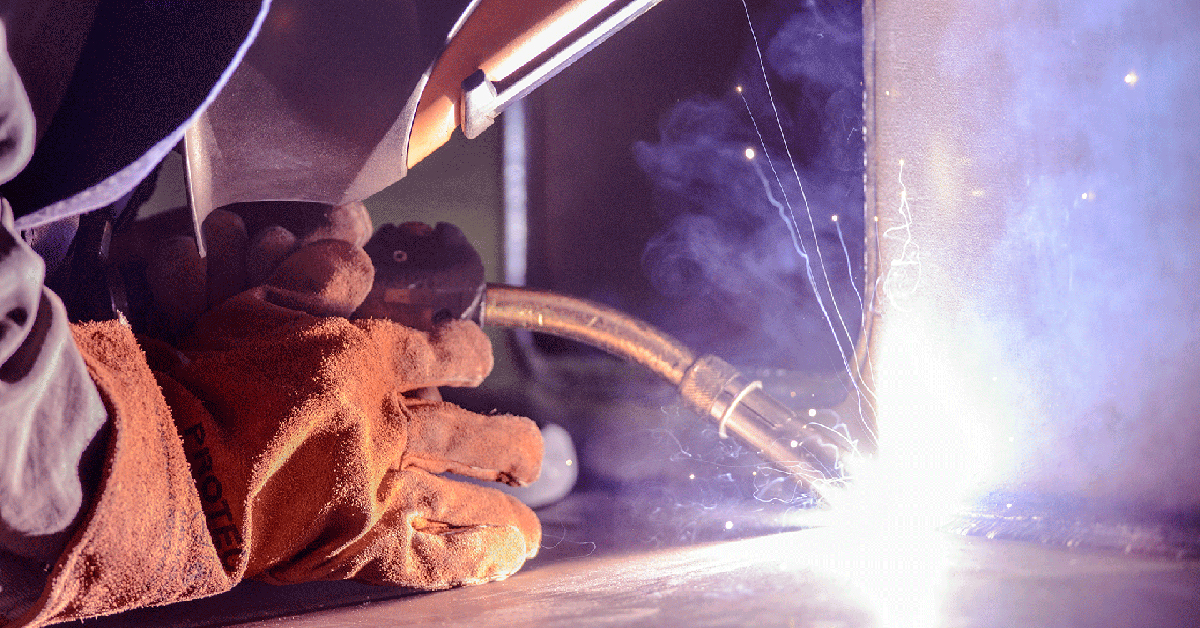Preventing Weld Undercut Made Easy: Secret Techniques Revealed
Preventing Weld Undercut Made Easy: Secret Techniques Revealed
Blog Article
Grasping the Art of Welding: Just How to Prevent Undercut Welding Issues for Flawless Manufacture Results
By recognizing the origin causes of undercut welding and executing reliable techniques to prevent it, welders can raise their craft to brand-new degrees of quality. In the pursuit of flawless construction results, understanding the art of welding to avoid undercut concerns is not simply an ability yet a need for those aiming for excellence in their job.
Recognizing Undercut Welding

To prevent undercut welding, welders need to ensure correct welding specifications, such as readjusting the current, voltage, traveling speed, and keeping the right electrode angle. Additionally, utilizing the ideal welding method for the details joint setup is important. Using weaving motions or backstepping methods can aid ensure correct weld metal deposition and minimize the chance of undercut formation. Regular examination of welds during and after the welding process is additionally vital to capture any undercut early and make required changes to avoid further defects. Preventing weld undercut. By comprehending the reasons for undercut welding and implementing safety nets, welders can attain top notch, structurally sound welds.
Root Causes Of Undercut in Welding
Recognizing the factors that contribute to undercut in welding is crucial for welders to produce top notch, structurally sound welds. When the weld metal does not correctly fill the groove developed in between the base metal and the formerly transferred weld metal, damaging happens. A number of elements can cause damage in welding. One typical reason is too much heat input. Welding at high temperature levels for prolonged durations can result in the base steel melting greater than desired, resulting in undercut. Insufficient welding present or incorrect welding speed can additionally add to undercut. Inadequate current might not offer adequate warm to thaw the base and filler metals adequately, while too much rate can protect against proper fusion, causing undercut. In addition, improper electrode angles or inaccurate torch manipulation methods can produce areas of reduced weld steel deposition, advertising undercut. Understanding these reasons and carrying out proper welding strategies can help protect against undercutting problems, making certain resilient and strong welds.
Techniques to Prevent Undercutting

To minimize the threat of undercutting in welding, welders can utilize tactical welding strategies targeted at improving the high quality and stability of the weld joints. One effective technique is to change the welding parameters, such as voltage, existing, website here and take a trip speed, to make certain appropriate warm input and deposition. Preserving an appropriate electrode angle and guaranteeing regular traveling speed can also aid stop undercut. In addition, making use of the right welding method for the specific joint configuration, such as weave or stringer grains, can add to minimizing damaging. Preventing weld undercut.
Utilizing back-step welding methods and regulating the weld bead profile can likewise aid distribute warm uniformly and reduce the risk of undercut. Normal examination of the weld joint during and after welding, as well as applying high quality assurance steps, can aid in discovering and dealing with undercutting concerns immediately.
Value of Correct Welding Parameters
Picking and preserving proper welding criteria is vital for achieving effective welds with very little problems. Welding criteria describe variables such as voltage, current, take a trip speed, electrode angle, and protecting gas go to website circulation price that straight impact the welding process. These specifications need to be meticulously readjusted based on the kind of material being welded, its thickness, and the welding strategy employed.
Proper welding parameters make certain the ideal quantity of heat is related to melt the base metals and filler product uniformly. If the criteria are set too high, it can result in excessive heat input, creating spatter, burn-through, or distortion. On the various other hand, if the specifications are also reduced, insufficient fusion, absence of infiltration, or undercutting might happen.
Quality Control in Welding Procedures

Conclusion
In verdict, understanding the art of welding calls for a detailed understanding of undercut welding, its reasons, and methods to stop it. By ensuring proper welding parameters and implementing quality control practices, flawless manufacture results can be achieved. It is vital for welders to continually make every effort for excellence in their welding operations to stay clear of undercut issues and generate top quality welds.
Undercut welding, an usual issue in welding processes, takes place when the weld steel does not properly load the groove and leaves a groove or clinical depression along browse around this site the welded joint.To protect against undercut welding, welders need to ensure proper welding parameters, such as adjusting the present, voltage, traveling speed, and preserving the appropriate electrode angle. Poor welding existing or inaccurate welding speed can likewise add to damage.To mitigate the danger of undercutting in welding, welders can utilize tactical welding methods intended at improving the quality and integrity of the weld joints.In verdict, understanding the art of welding needs a comprehensive understanding of undercut welding, its reasons, and techniques to stop it.
Report this page